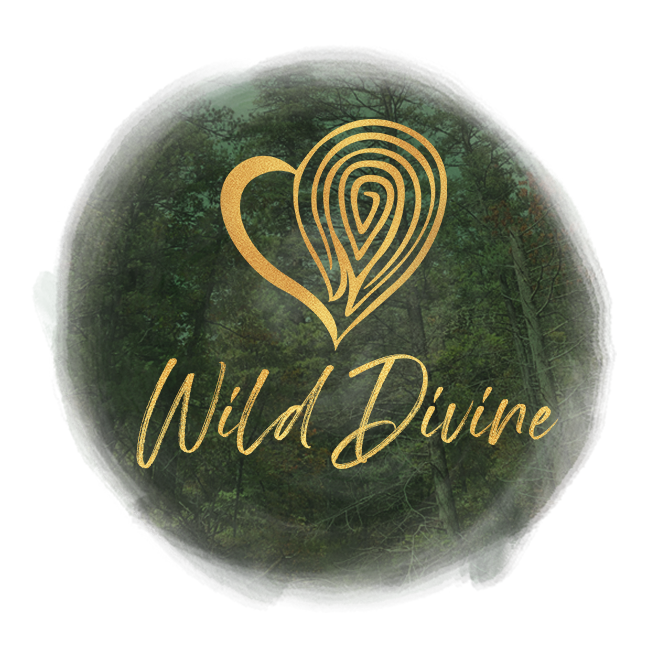Transcending "t"rauma
Making this collage helped me heal two years ago after our car was rear-ended by another driver who was going at least 60 miles per hour! Luckily, our injuries weren't life threatening, but I couldn't seem to shake my fear.
“How did you work through your stuff?” I get this question a lot, and my answer is often: Visual journaling.
Visual journaling is all the rage now, and with good reason. Studies have shown that it helps you heal both your emotions and your body. Visual journaling can be really helpful when you're working through challenging things from the past that you'd just as soon forgot, but somehow you just can't seem to let go of them.
Some of the things you want to let go of might include memories of war, combat, natural disasters, physical or sexual abuse, terrorism, or life threatening accidents. These things are Trauma with a capitol "T." You can use visual journaling to process them, but it's probably best to have the support of a therapist in the process.
Other things that aren't as life threatening or devastating, yet still just don't seem to go away are called trauma with a small "t". Often, we try to stuff or sugar coat these things, telling ourselves, "It wasn't that bad" or "I'm over that." But if you're finding you can't sleep through the night, or you can't ever seem to feel happy, you might be dealing with "t"rauma, and visual journaling can help you move through through the healing process more quickly.
When "t"rauma happens to you, a lot of times there’s no way you can let it go completely if you only use words. That’s because your brain isn’t wired to think logically when you’re in the middle of something, or even remembering something, terrifying or upsetting. Your brain is wired to help you either fight, or get the heck out of there!
But the memory of what happened can still be stuck there, in little bits and pieces, in your brain, and it’s likely to come back and haunt you if you don’t find some way to let it out. That’s where the visual image comes in. It gives the emotional part of your brain a way to “talk” about what happened.
How do you do the visual journaling process? First, find your paints or soft pastels, grab the first color that catches your eye, and spread it out on the page. Then, look for words and images that remind you of the experience and build up layers of colors and textures.
Feeling broken as a result of the experience? Dig through your junk drawer to find something you can break and glue onto your page.
Now that you’ve poured these chunks of your "t"rauma memory onto the page, it’s time to piece things back together.
Let the curves and spaces of your image serve as places to write words that pop into your head when you think about what you experienced. Your words can spill over onto a blank piece of paper if you want. Keep writing until the words stop coming.
The writing is essential because it helps your logical brain sort through the pieces and make sense of what happened. Your memory of the "t"rauma is like jigsaw pieces. Apart, they make no sense. Assembled, you see the picture and can begin to heal.
If you start to feel overwhelmed while you’re working, get up and find something to distract yourself with. Go for a walk, call a friend or watch a funny movie. Try again on another day.
And don’t just use visual journaling to work through the hard stuff. Celebrate your new job with a cool collage! Attract your Soul Mate by illustrating the qualities you’re going to love about him or her. The possibilities are endless!
If you keep feeling overwhelmed when you try the process, you might be dealing with "T"rauma, and it might be time to get some support. I'm offering new visual journaling groups for Trauma and on-line prompts for trauma—all geared to support your well being on all levels!
Happy Creating and Healing!


